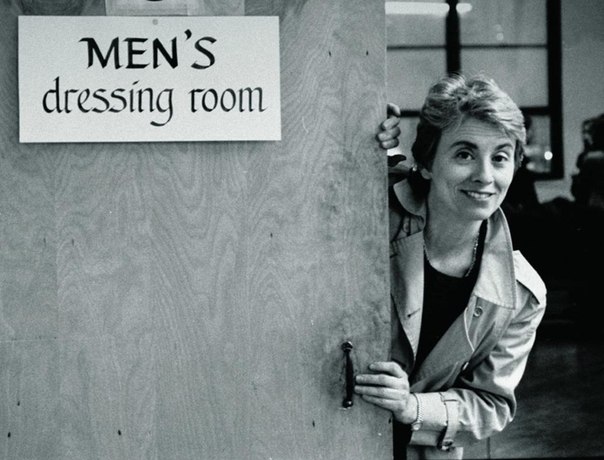
Q: Could you tell us a little about your intellectual connection to Marshall McLuhan?
A: My name is Camille Paglia. I am Professor of Humanities at the University of the Arts in Philadelphia, and I am the author of two books: Sexual Personae and Sex, Art and the American Culture. I consider Marshall McLuhan one of the great masters of my college years. I was in college in 1964 to 1968, at the very high point of the ‘60s revolution. Marshall McLuhan was assigned in
…